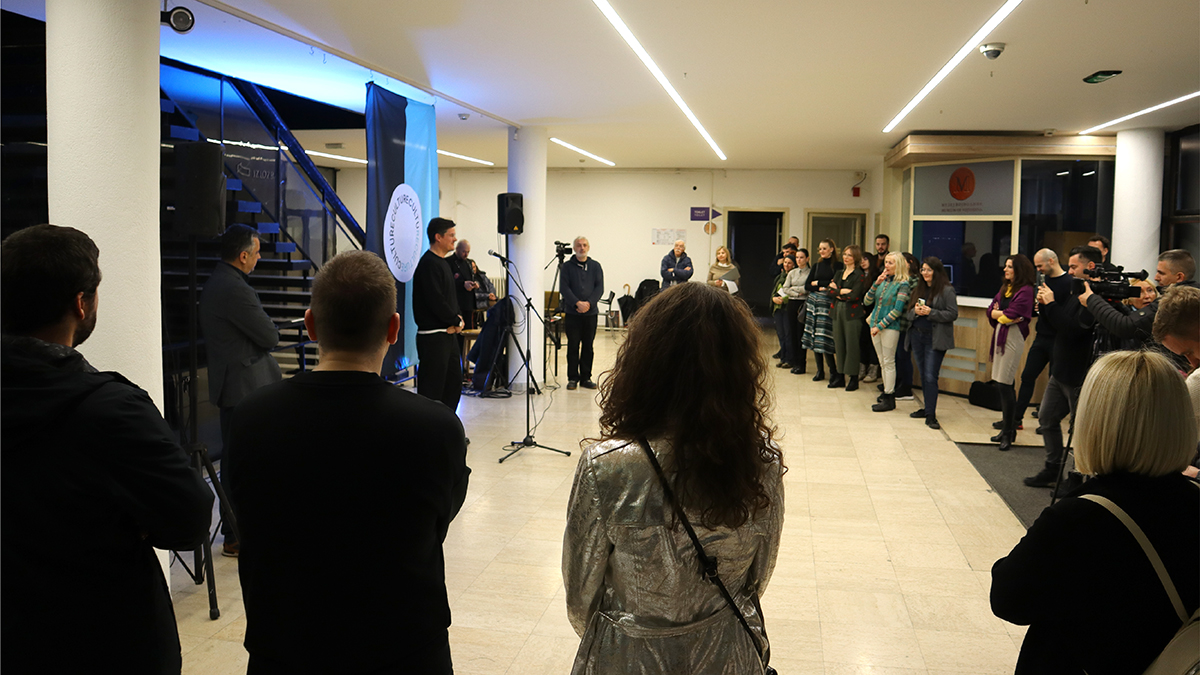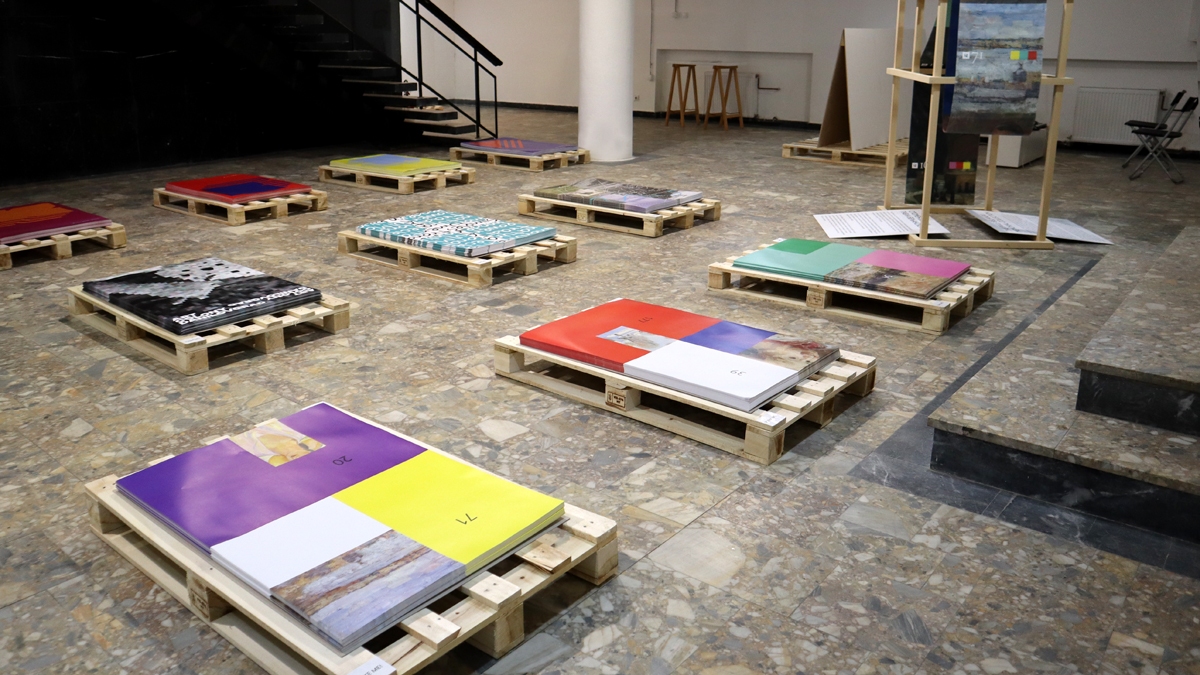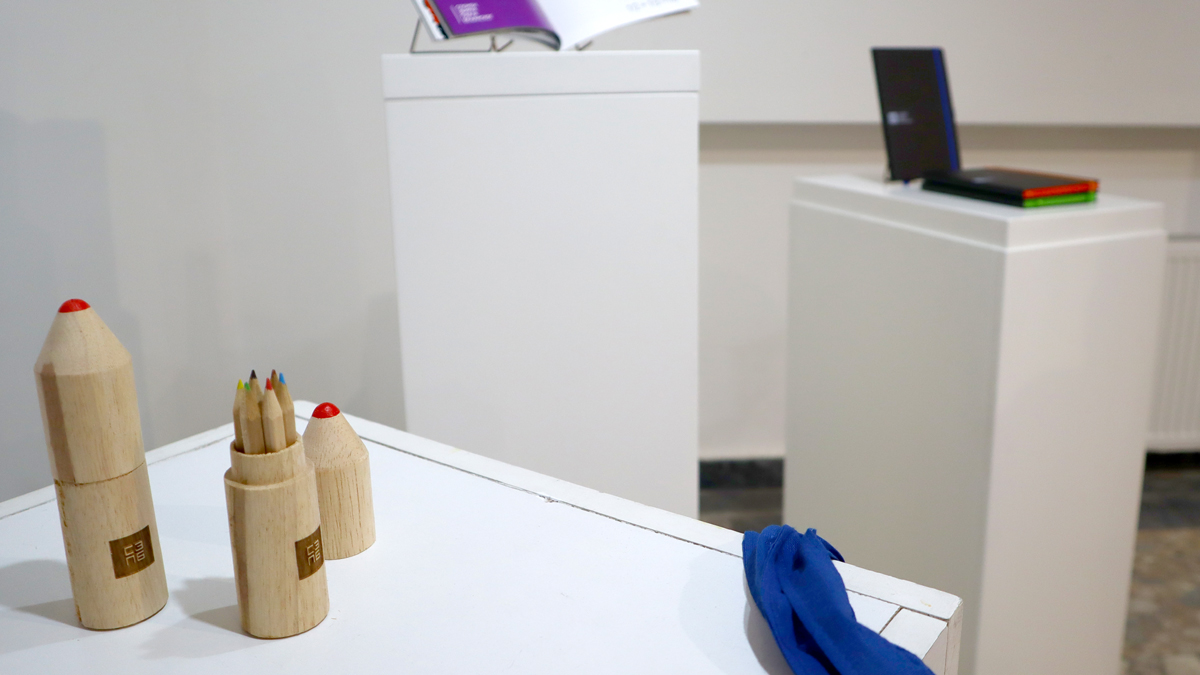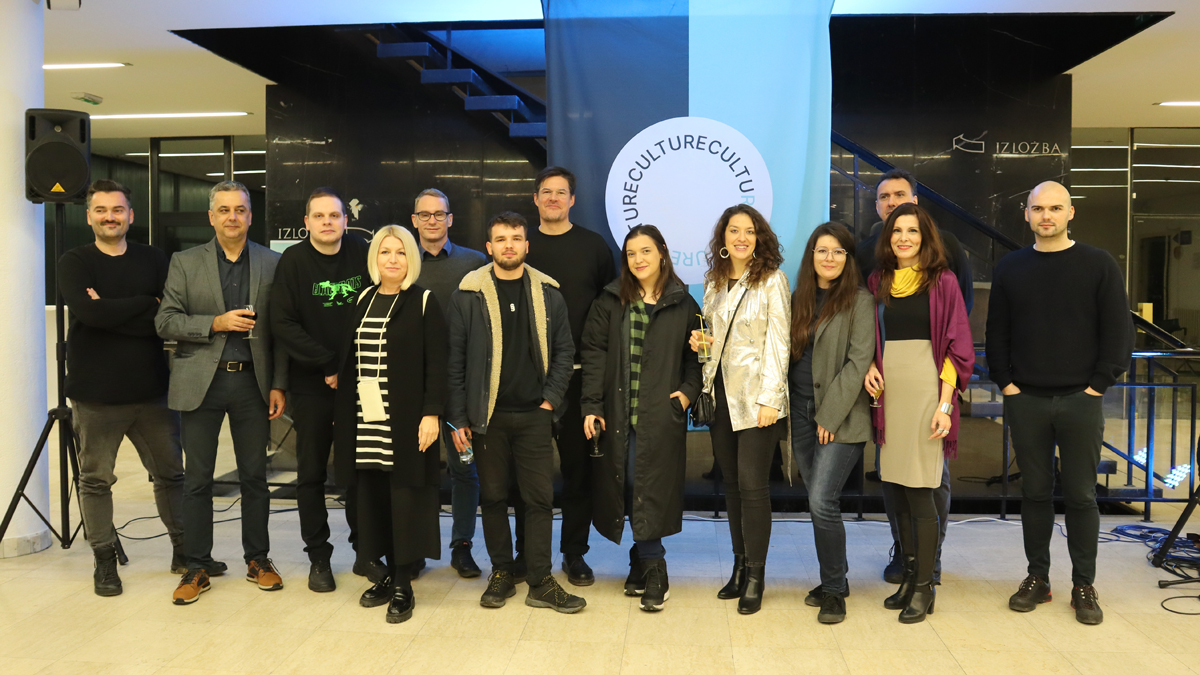We commence our last interview series with an exploration of bridging the traditional system and modern expression by the Pavle Beljanski Memorial Collection, an esteemed cultural institution committed to safeguarding and showcasing Serbia’s vibrant artistic legacy. Through the insightful perspectives of Jasmina Jakšić Subić, Senior Curator and representative of the PMBC, we unravel the captivating narrative of how this venerable institution from Novi Sad harmonizes the cultural heritage of the 20th century with contemporary visual communication methodologies, as exemplified by its involvement in the ReCulture project.
Jasmina, can you tell us more about what was the institution’s key motivation for participating in the project?
For the Pavle Beljanski Memorial Collection (PBMC), standardising the institution’s visual identity was crucial for enhancing its recognisability and communication with diverse audiences in today’s contemporary environment. The museum’s strategic focus on engaging youth aligned with the project’s objectives, which aimed at rebranding cultural institutions in the Western Balkans, providing professional mentorship, and entrusting young designers. By thoughtfully standardising the institution’s visual communication, it avoids personal dominance and varying tastes, ensuring coherence in its public representation.
At what level are the Western Balkans cultural institutions regarding their visual presentation and identity? After experiencing this project and gaining insights into European practices (including examples from Mucem and exhibitions like ‘Design for Culture’), what do you think is mostly lacking in visual communication practices in the region?
When considering the period from the beginning of the project to the present situation, changes in terms of the visual presentation of Western Balkans institutions are evident. Given our insight into museum and gallery activities primarily due to the nature of our work, a qualitative shift was noticeable, initiated during the Covid-19 pandemic and continuing to this day. Western Balkans cultural institutions then realised the importance of visual communication with the audience in a competitive and democratic internet environment, leading them to pay additional attention to this segment of their work and further develop it.
It generally seems that there is still a lack of long-term reflection on visual communication for the purpose of establishing recognisability. This is conditioned by the need for clear profiling and professionalisation within institutions, as evident from European experiences, where different organisations and entire teams are dedicated to this segment of work. In our context, this is reduced to one or two individuals for whom this is just one of the responsibilities, covering a wide range of tasks, often within very short deadlines and mostly with externally engaged designers. Equally important is the need to secure adequate financial support to contribute to the professional visual communication of institutions with the public.
This project represents an overlap of European design and cultural standards with the potential of young designers from the WB countries. What contribution would you highlight from EU partners in working with you or on the project in general?
 EU partners’ experiences have broadened horizons in the field of visual communication for institutions and established parameters for implementation. Their functioning and European standards differ significantly from our everyday practices, as the design world is more open and communicative in exchange compared to the institutional frameworks of traditional museums like the PBMC. Understanding the significance of visual identity in contemporary communication, its fluidity concerning needs and long-term strategic commitments, as well as the possibility of change, are valuable insights gained from our European partners.
EU partners’ experiences have broadened horizons in the field of visual communication for institutions and established parameters for implementation. Their functioning and European standards differ significantly from our everyday practices, as the design world is more open and communicative in exchange compared to the institutional frameworks of traditional museums like the PBMC. Understanding the significance of visual identity in contemporary communication, its fluidity concerning needs and long-term strategic commitments, as well as the possibility of change, are valuable insights gained from our European partners.
Developing a new identity is a complex process. What was crucial in working with the design team?
Key to working with the design team were the insights we shared with them through interviews to familiarise them with the institution’s work. We had to narrow down to specific questions they had and provide certain materials to give them insight into over six decades of our work. In this regard, the organised visits of the design team to the institution, while inadequate, were of great importance. This was particularly significant given the unique situation where none of the design team members were from Novi Sad, nor had they attended our programs or had significant prior knowledge of the PBMC.
 Was there any part of the process particularly challenging or unexpected, and how could it have been prevented? Were some activities unnecessary, or were there any missing?
Was there any part of the process particularly challenging or unexpected, and how could it have been prevented? Were some activities unnecessary, or were there any missing?
Reflecting on the dynamics over the past three years, more time was devoted to mentoring young designers and less to communication between designers and the institution, leading to perhaps less developed segments during the process. Consequently, the finalisation was more dynamic. Additionally, the designers were tasked with a broad spectrum of requirements and outcomes, prolonging the process. Perhaps streamlining the process and direct communication of specific institutional needs could have resolved certain issues faster. In terms of design, at the beginning, there was an opportunity proposed but not utilized, for communication with a designer who is a permanent collaborator of the institution, familiar with the specificities and diversity of the museum’s needs.
For the PBMC, adopting a new logo was perhaps the most challenging and time-consuming aspect. Initially proposing one design without alternative variants wasn’t universally accepted, significantly delaying the process. Fortunately, this was overcome, and the new solution was adopted, with final touches underway to enhance not just recognisability but also to facilitate future museum activities in this segment.
The project officially ends in a few months, but a significant task lies ahead for you. What are your initial steps to ensure the audience adequately embraces your institution’s new visual identity?
 The PBMC Collection has already begun implementing the new identity, with certain promotional materials and digital documents already featuring the new branding. A major step towards reaching a wider audience will be our communication on social media and soon on our website. Detailed preparations for these activities are currently underway, and we believe the audience will recognise the value of clearer communication of museum programmes and other content, responding positively.
The PBMC Collection has already begun implementing the new identity, with certain promotional materials and digital documents already featuring the new branding. A major step towards reaching a wider audience will be our communication on social media and soon on our website. Detailed preparations for these activities are currently underway, and we believe the audience will recognise the value of clearer communication of museum programmes and other content, responding positively.
What new insight or skill in working with partners and young designers have you gained during the three-year process? Has the project offered (or confirmed) any working/thinking methods you plan to apply in your future work?
I believe the project has primarily fostered trust, patience, and acceptance of different approaches and working methods, with great respect for professional engagement, especially that of mentors, to whom significant responsibility was entrusted. The project has largely contributed to the awareness that it is possible, through a project-based approach, to strategically plan and alter or adjust visual communication with the audience in line with institutional strategic commitments.
What is your fondest association with “ReCulture”?
My fondest association with “ReCulture” undoubtedly revolves around the people involved in the project. Each with their specific roles and tasks, they contributed to achieving project objectives, aiming to enhance the visibility of cultural institutions in the Western Balkans in contemporary environments and aligning them with European standards.
